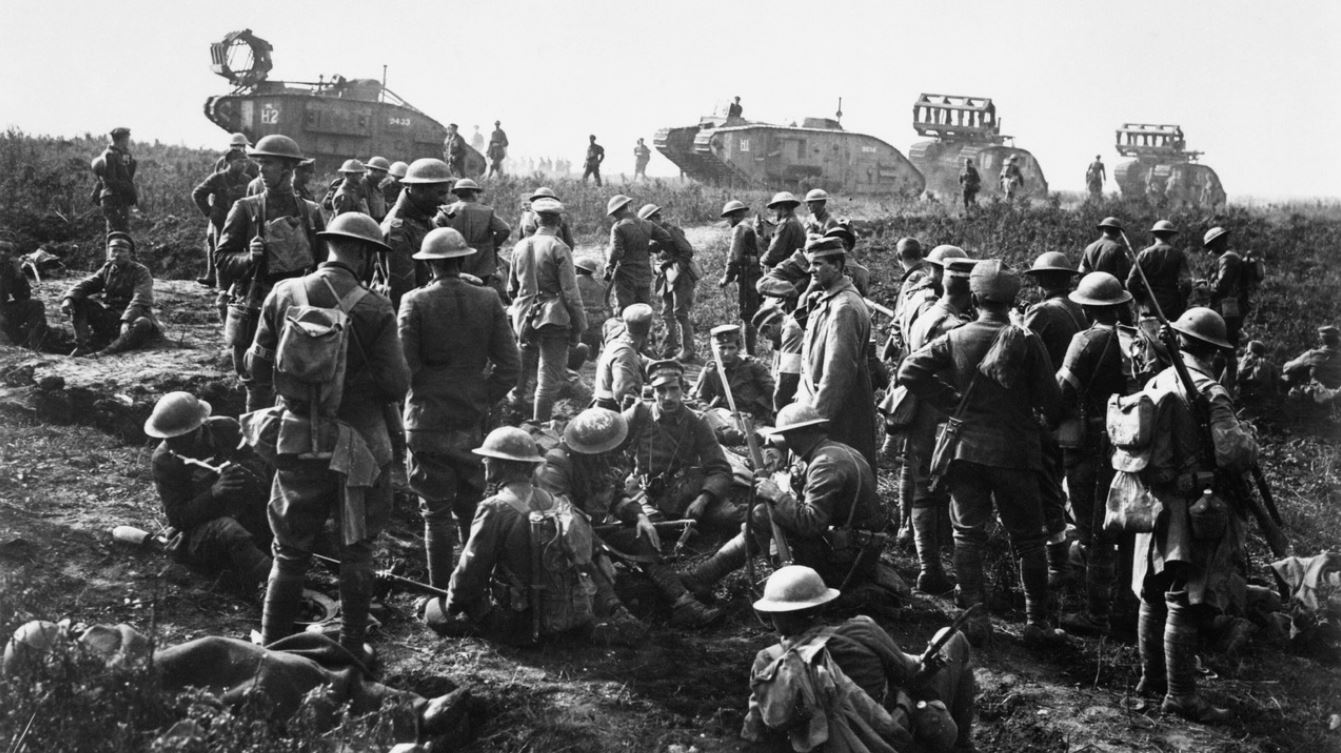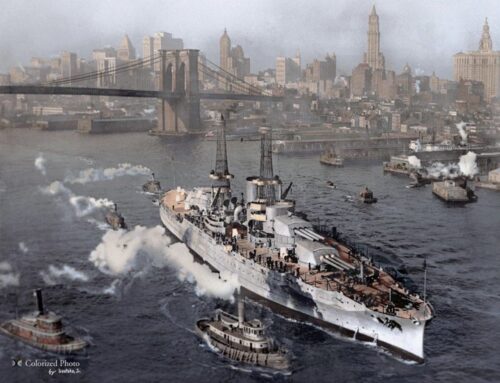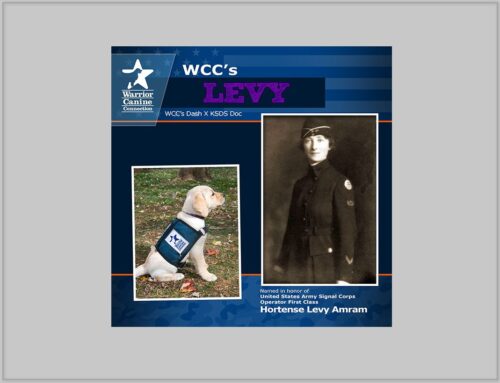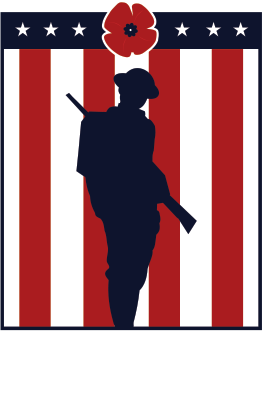These Forgotten American “Doughboys” Fought for the British in WWI
Published: 17 April 2025
By Christian D. Orr
via the National Interest website

Doughboys Fought for the British
In a surprise attack on the Germans during the Battle of Hamel, the Doughboys performed fairly well.
Prior to the United States of America’s official entry into World War I, a considerable number of Americans volunteered for fighting service in either the British Commonwealth or French forces; the Lafayette Escadrille is a prime example of the latter.
However, it’s not particularly well-known that even after the United States officially joined the war effort, some U.S. Army units still served under Commonwealth command. In order to preserve the memory of these relatively forgotten “doughboys,” in 2008 Mitchell A. Yockelson wrote the book Borrowed Soldiers: Americans under British Command, 1918 (published by the University of Oklahoma Press).
On April 10, 2025, Yockelson discussed this book as the guest speaker of the Returned & Services League (RSL) of Australia, Washington Sub-Branch at the Embassy of Australia in Washington, DC.
Mitchell A. “Mitch” Yockelson Mini-Bio and Book Description
Mitch earned his bachelor’s degree in history from Frostburg State University in 1984. From there, he earned his master’s degree in history from George Mason University and his Ph.D. in military history from the Royal Military College of Science, Cranfield University. He has authored four other books and currently resides in Annapolis, Maryland, and works as an investigative archivist at the National Archives and Records Administration (NARA).
Regarding Borrowed Soldiers, the foreword was written by the late John S.D. Eisenhower, the son of Dwight D. Eisenhower and the author of the excellent 2001 book Yanks: The Epic Story of the American Army in World War I. The Amazon book description for Borrowed Soldiers reads in part:
“Mitchell A. Yockelson delivers a comprehensive study of the first time American and British soldiers fought together as a coalition force—more than twenty years before D-Day. He follows the two divisions that constituted II Corps, the 27th and 30th [Divisions], from the training camps of South Carolina to the bloody battlefields of Europe. Despite cultural differences, General Pershing’s misgivings, and the contrast between American eagerness and British exhaustion, the untested Yanks benefited from the experience of battle-toughened Tommies. Their combined forces contributed much to the Allied victory.”
Yockelson’s Main Presentation
RSL program chair Mario Mirarchi (himself the grandson of a doughboy) introduced Yockelson. During his opening remarks, Mitch stated:
“I decided late in life, in my late 40s, I wanted to do a Ph. D … and the person I was working for [at NARA], we sat down and talked some ideas. He said, ‘There’s a unique experience in 1918 of two American Army divisions that trained & fought with the British and British Imperial Forces during World War I. Nobody’s really dived much on this. That might be a topic.’ And the reason he came up with is: I decided to do my Ph. D in the UK. The reason I decided to do it in the UK is they were receptive to so-called ‘mature students’ [audience laughter]. In other words, they were going to allow me to do my Ph. D long-distance and to be able to keep my great job at the National Archives.”
Spatial limitations prevent me from being able to present the full breadth of the fascinating information that Yockelson conveyed from there, so I shall try to at least hit upon the points that stood out to me:
→ Read the entire article on The National Interest website here:
External Web Site Notice: This page contains information directly presented from an external source. The terms and conditions of this page may not be the same as those of this website. Click here to read the full disclaimer notice for external web sites. Thank you.



